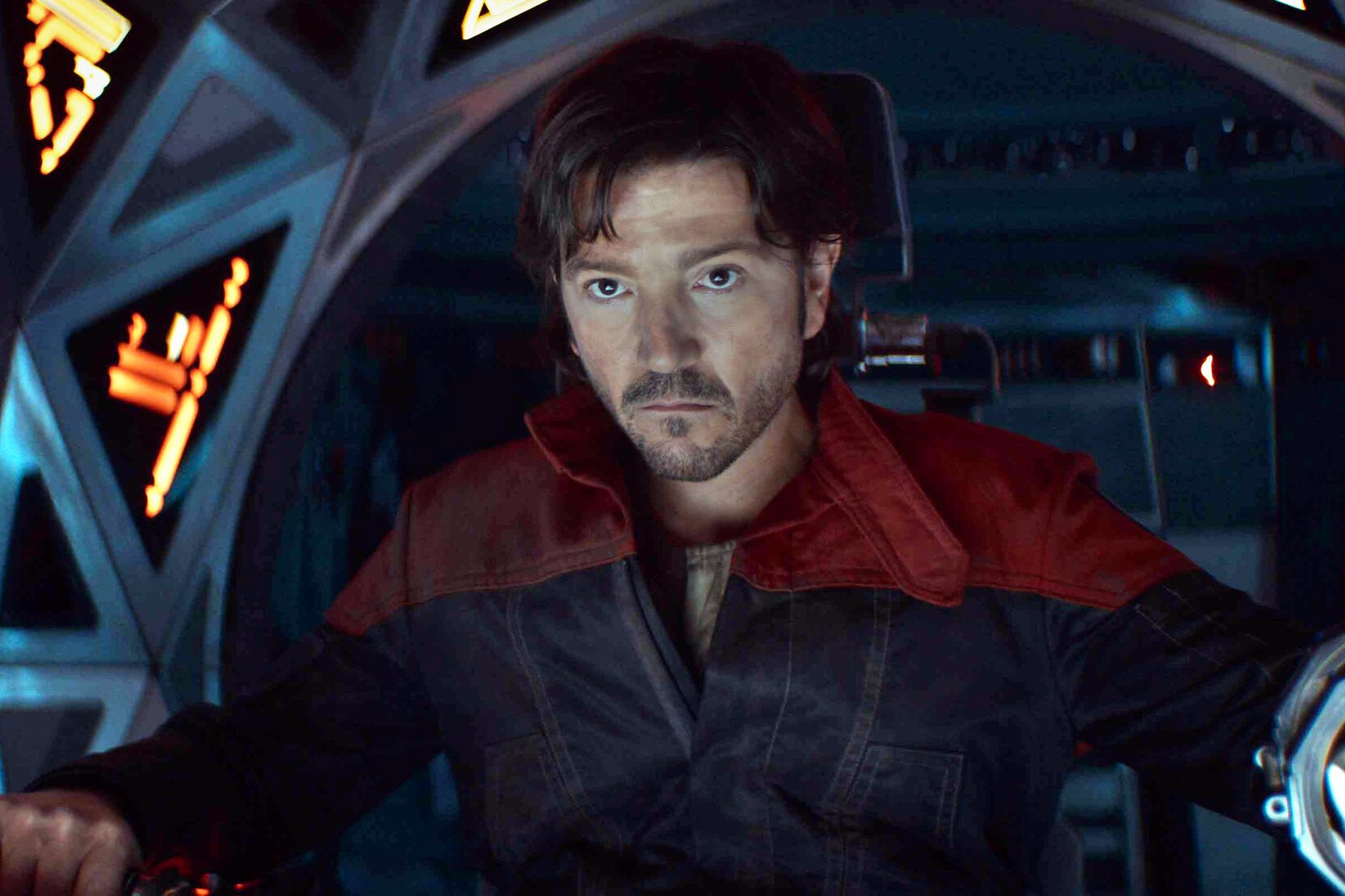Tony Gilroy’s Andor, having concluded its second season on Disney+ this week, stands as a monumental achievement given the pressures of Disney-era Star Wars leadership and its Kathleen Kennedy authoritarian “The Force is Female” complex.
The excellence seems almost accidental, a trick of timing and opportunity. With Gilroy exercising the authority of an auteur director from outside the world of science fiction, equipped with sensibilities derived from corporate thrillers and conflicts that pit differing clans of elites against one another, the series is the standout of an otherwise unmemorable or eagerly forgotten era of Star Wars creations. If The Acolyte is Kennedy’s vision for DEI-laden Star Wars, written and directed via the behind-the-scenes machinations of Harvey Weinstein’s secretary and starring her wife, then Andor is what happens when you wrest a galaxy away from the compelled corporate matriarchy to just tell a great story.
Even more surprising is that such a story could be told in the context of a known ending. Without a retcon available, Andor accelerates toward an end that makes certain moments more haunting and portentous, the viewer armed with knowledge the characters do not yet have. In the hands of a lesser filmmaker, this would be squandered – but Gilroy makes the most of it, with scenes and character conclusions that always feel earned by what leads up to inevitable death and destruction – or, surprisingly, rebirth.
None of the previous Star Wars entries have worked in this fashion. There are no Jedi. There is no Skywalker family drama. The Force is only present on the edges, as a ludicrous old fable of a lost religion, not an abiding faith. This is a story about rebels becoming soldiers becoming a revolution, not a plucky fantasy where all the Stormtroopers miss and no one ever gets just straight-up murdered. The casting, particularly of Imperials Denise Gough and Kyle Soller, injects a resonance into the series for understanding the true nature of evil and how it overtakes its human cogs and collapses their misgivings. And Gilroy’s choice to use as many physical settings as possible – casting aside the Unreal Engine Volume for Britain as the cold emotionless Coruscant and Spain as the gorgeous but decaying Republic – makes the whole series feel more grounded, a human drama where otherworldly things exist, but are not the focus of the plot.
There’s always an inclination to assign current politics to Star Wars, whether in the context of the George W. Bush years or the current anti-Trump moment. But what Gilroy manages in this series is to show this clash instead as one between elites. This is no Occupy Wall Street rebellion. Instead, it is an authoritarian empire which creates nothing that must lie, steal and disrupt peaceful people in order to grasp the wealth and political freedom of a capitalist class of traders and merchants. It is a militarist state that takes from those who grow, build and create by force of arms, because that is all they have. Yes, they are stronger – but their hubris leaves the villains vulnerable to the machinations of those who actually know how to build, how to create, and how to hide the key to the Empire’s destruction in plain sight.
Whatever comes next for this saga, if the cost of three increasingly ridiculous sequel movies was getting the Gilroy vision of Star Wars, it was absolutely worth it.


























Leave a Reply